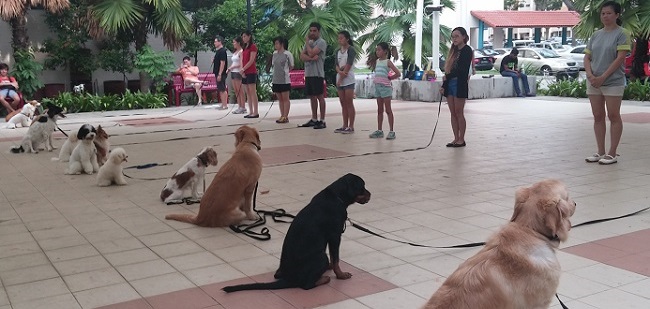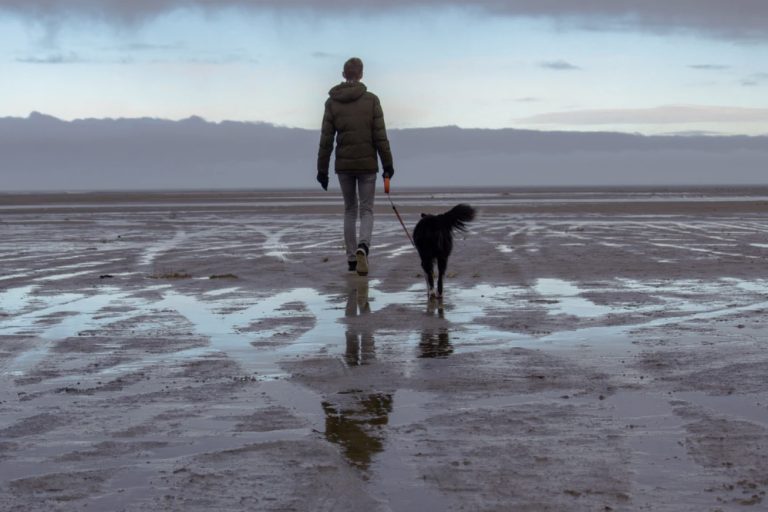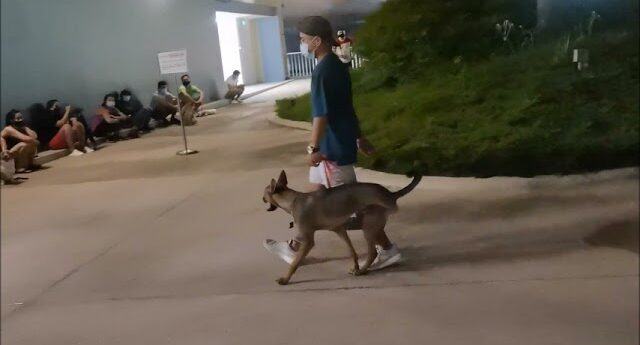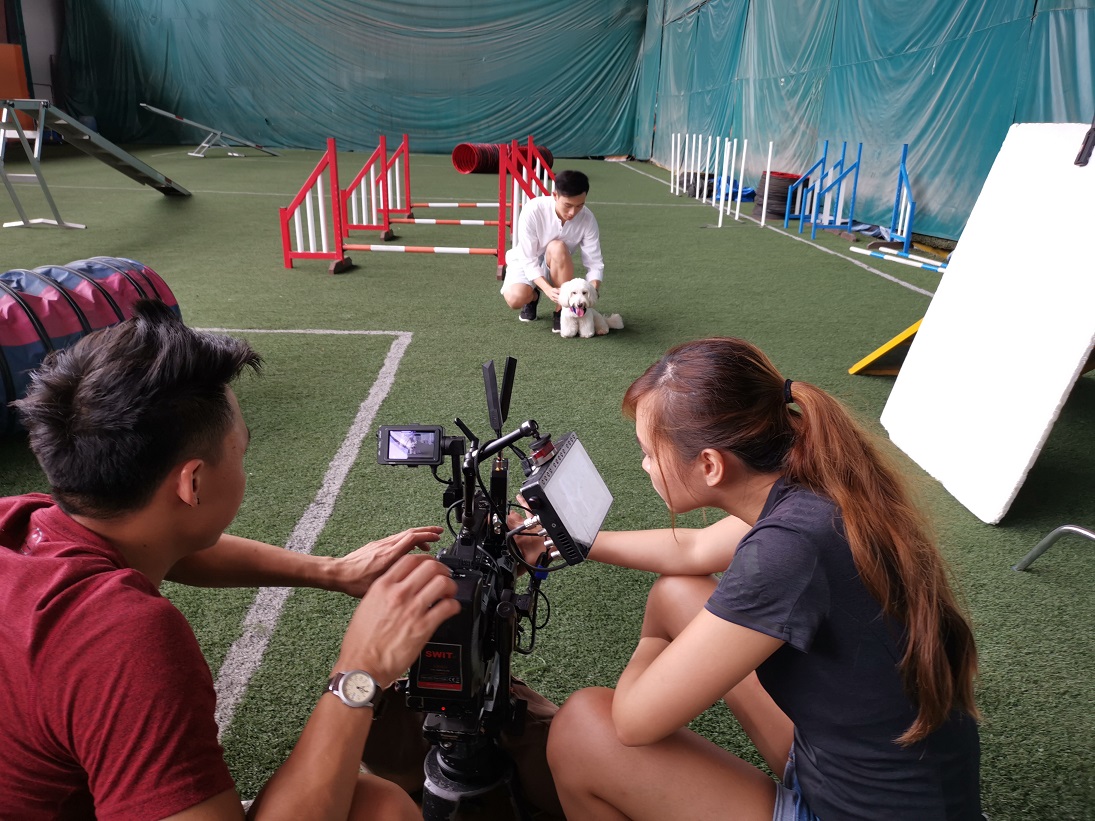Dog Training Mistakes #4: Pacing
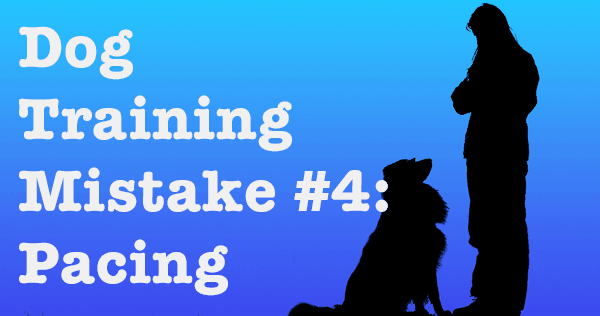
You’re eager to jump into training and help your new dog learn everything that he or she needs to know. However, before you begin, you need to train yourself in several areas. You need to develop a consistent schedule and reasonable rules for your pet. You need to practice patience and learn how to reprimand and reward effectively. Plus, you need to know how to pace yourself during the training process.
Training Overload
When you’re doing some dog training in your Singapore backyard or park, it’s easy to get carried away, especially if your pet is responding well. However, if you push too far, you will see your dog becoming confused, dazed, or agitated. You know the feeling yourself. It’s the one you get when your boss heaps assignment after assignment on your desk, with a strict deadline for each one. It’s the sinking sensation that you feel when a teacher loads your weekend with homework and projects. That sense of being overwhelmed is what your dog feels when you overdo it with training.
One Skill at a Time
Work on one new skill at a time during your training sessions. It’s okay to start out by reviewing known skills, such as “come,” “sit,” or “stay.” Then you can proceed to a new one, such as “roll over.” Practice it for a while, but remember that your dog may not remember the brand-new skill at your next training session. You may have to devote another full session or two to “roll over,” depending on how quickly your pet learns. Once you are confident that he has mastered the skill, it can move into the review portion of your training time, and you can introduce something new, like “fetch” or “jump.”
Immediate Reaction
Pacing and timing also come into play when you are enforcing consequence or giving rewards. Suppose you come home from work to find that your dog has chewed up a favorite shoe. As much as you want to reprimand your dog, restrain yourself. Your dog has a very short memory when it comes to such actions, and he cannot make connections the same way that you do. Chances are, he doesn’t remember chewing on the shoe. He may look guilty or intimidated, but that is probably because he senses your displeasure, even if you haven’t said anything to him about the incident yet. Keep an eye on your dog, and punish or rebuke him immediately after you catch him in the act of chewing on something forbidden.
The same rule applies to giving rewards. As soon as your dog obeys a command or performs a skill, reward him with praise, petting, a game, or a treat. If you wait until you finish a conversation or end the training time, your dog won’t remember why he deserves the reward, and you will have lost the chance to affirm positive behavior.
The Frequency and the Scenery
If there are long gaps between training sessions, your dog may forget everything that you tried to teach him last time. Make sure that you keep practices and training times consistent and frequent, so that the commands stay fresh in your dog’s brain. Use the same short words for the commands every time you practice.
In addition, try to vary your training locations. One day, do your practice at home. A day or two later, take the dog training to a Singapore dog park or to the beach. Train indoors and outdoors, at a friend’s home or in the plot of grass at the end of the street. By varying locations, you teach your pet that obedience isn’t just for home—it’s for anytime, anywhere.


